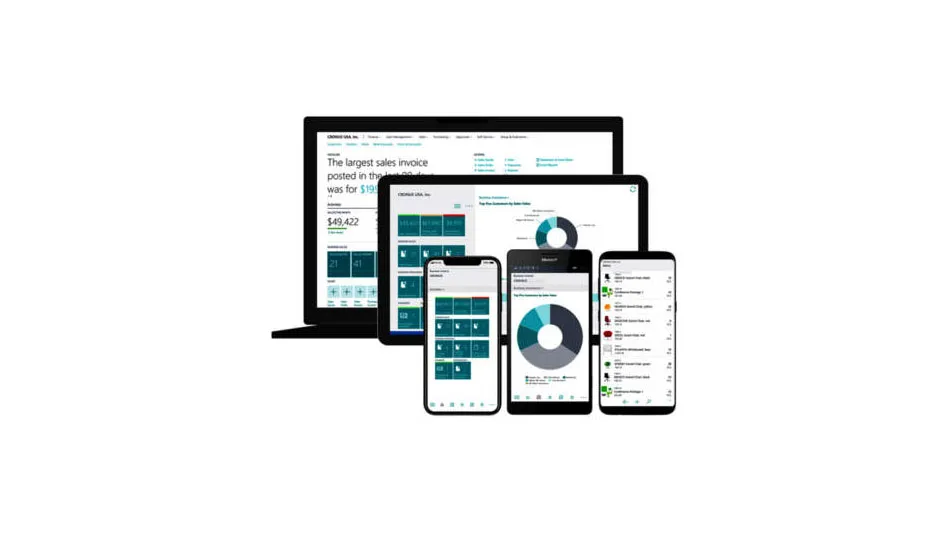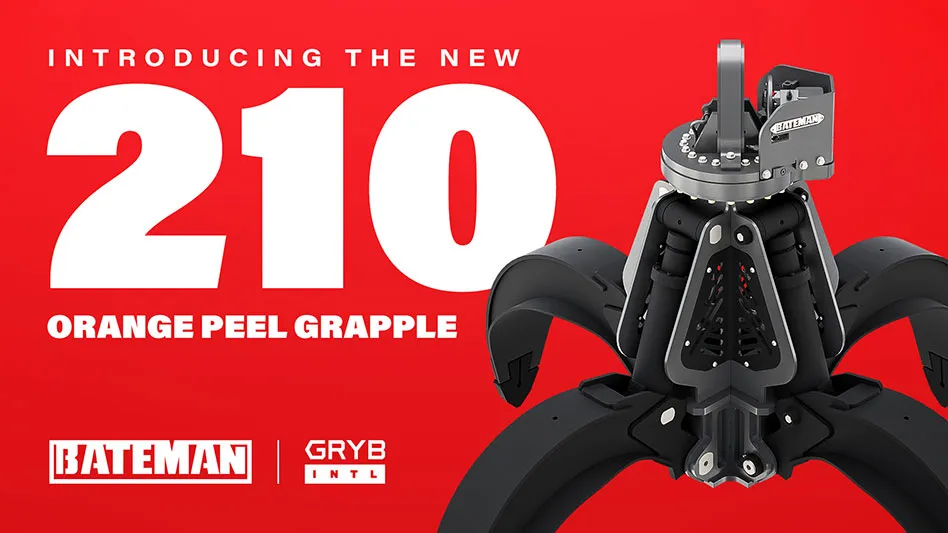
Photo by Brian Taylor.
Although some in the ferrous market are concerned about a September price drop, steel mill scrap purchases from July 20 to August 19 tracked by the Raw Material Data Aggregation Service (RMDAS) of Pittsburgh-based MSA Inc. show prompt grades continued to hold their value while the value of obsolete grades retreated in the August buying period.
The most recent RMDAS figures show the value of prompt grades in the past 30 days retreated by $3 per ton but stayed at $650 per ton on average. Shredded scrap in the United States, meanwhile, lost $20 per ton nationally and No. 1 heavy melting steel (HMS) retreated by $23 per ton.
The new prices reflect a sizable $163 per ton gap between the value of prompt scrap ($650) and shredded ($487) and an even wider $193 per ton gap between prompt scrap and No. 1 HMS ($457 per ton.)
Part of the discrepancy may tie into a quieter export market for obsolete grades. According to Fastmarkets AMM surveyed export pricing, mixed No. 1 and No. 1 heavy melting steel (HMS) bulk shipments off the East Coast were selling for about $40 per ton less in mid-August compared with early July.
At least one ferrous trader is unconvinced those transactions portend future weakness in the market. “I’m a bit mystified as to why those prices are weak,” Nathan Fruchter of New York-based Idoru Trading & Consulting told Recycling Today in mid-August. “There isn’t an abundance of scrap out there from what I’ve seen,” he added.
Fruchter said supply is likely even tighter in Europe, the other major supplier of ferrous scrap to nations such as Turkey and India. In Europe, August flooding was combining with a summer holiday tradition that slows down flows to European yards and the processing speed at scrap yards, said Fruchter.
Increased shipbreaking activity in 2021 helped supply an estimated $1 billion in ferrous scrap to the Indian subcontinent market in the first half of 2021, but Fruchter comments that much of that is torch-cut for reuse or rerolling, and has likely had only a minor impact on demand for imported shred and HMS.
On the demand side, the international trader sees no downturn in mill activity in Turkey, the leading destination for ferrous scrap exported from the U.S. “Margins the Turkish mills are making on rebar are quite big—actually phenomenal,” says Fruchter. “I find scrap prices are underpriced at the moment.”
Two recyclers in the Great Lakes region report steady inbound supplies of obsolete scrap, but equally steady strong demand from mills and foundries for prepared scrap. Both processors say the positive conditions in 2021 have caused them to invest to maintain and increase their processing capacity.
As the global economy heads into the final four months of the year, however, some signs of reduced steel demand and output could be looming, including steelmaking cutbacks in China that have led to reduced iron ore pricing globally.
In the domestic market, in the first two weeks of August in the U.S., weekly raw steel production fell by 0.2 percent in each of those weeks compared with the week before, according to the Washington-based American Iron and Steel Institute (AISI). That does not necessarily signal a new trend, but it could tie into a slowdown in new nonresidential construction activity in the U.S. and ongoing microchip shortages within the U.S. automotive industry.
Latest from Construction & Demolition Recycling
- Wirtgen compactors win design award
- Greenwave struggles to maintain Nasdaq listing
- Palfinger demos redesigned HT 500 Hooklift
- Oshkosh Corp. to acquire AUSA
- Sennebogen adds maXcab to its scrap handler options
- Brokk opens new Canadian distribution center
- EPA announces $3B to replace lead service lines
- NWRA honors award recipients during annual breakfast at WasteExpo





